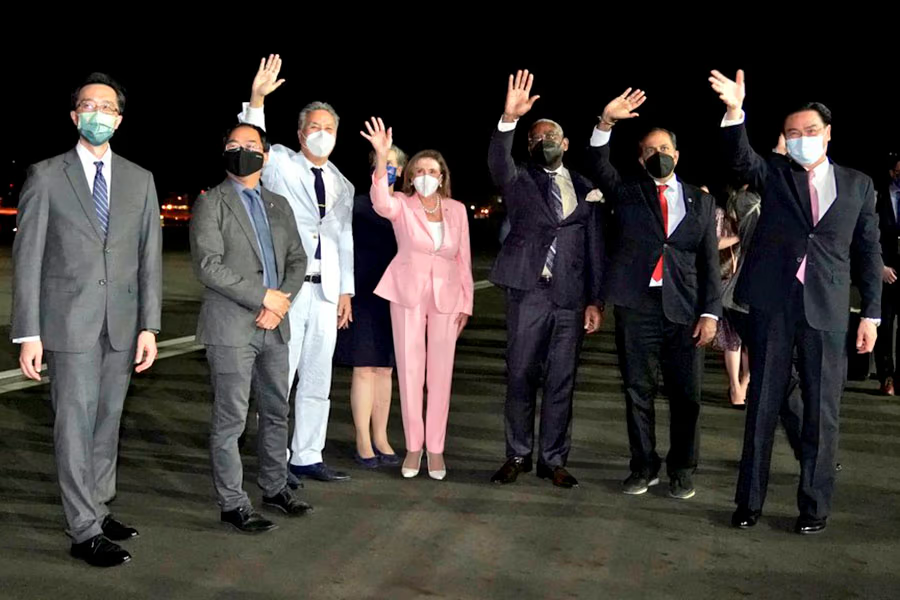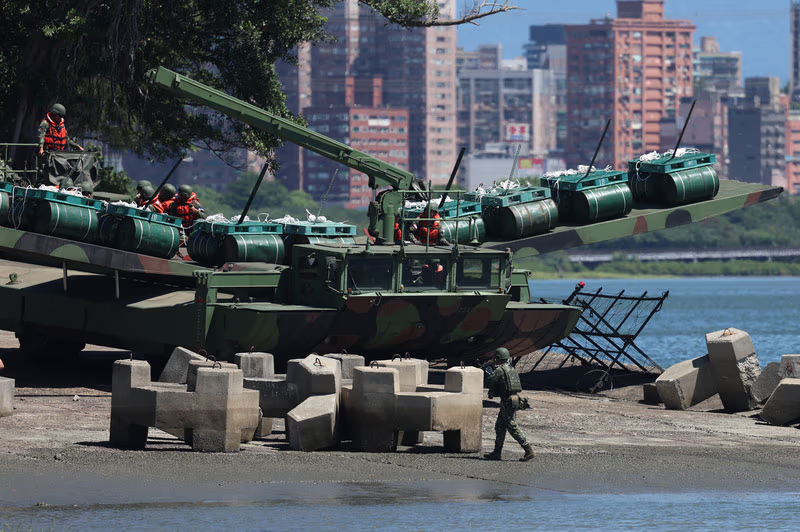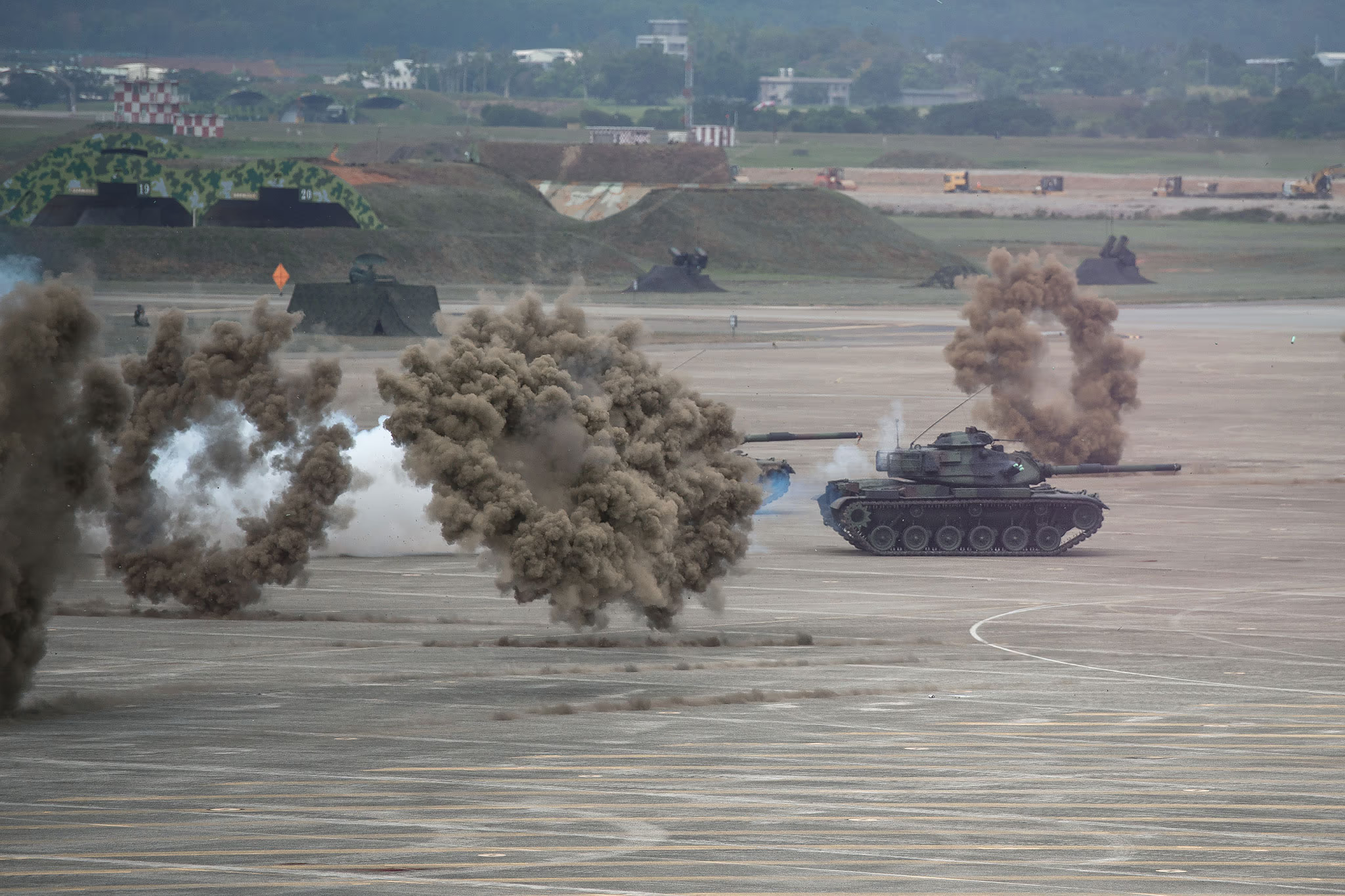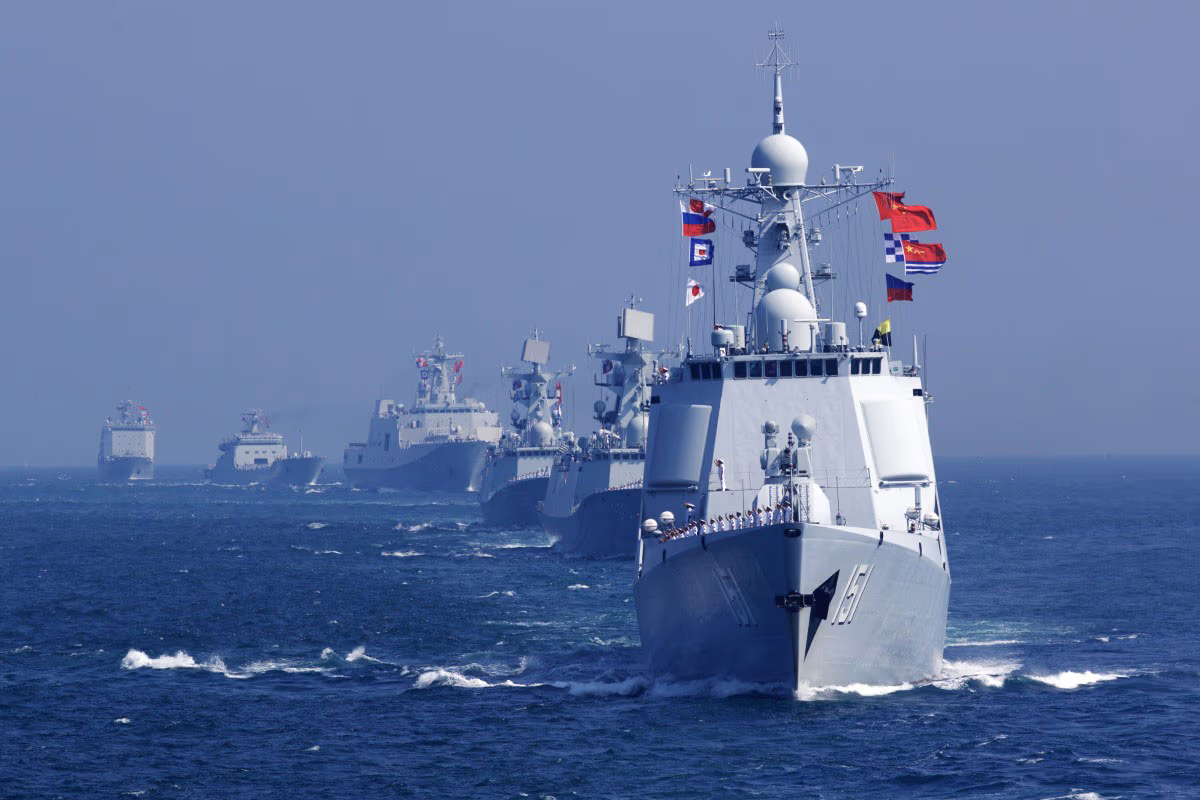In early April, China deployed ships, aircraft, and missile platforms into the Taiwan Strait, conducting real-time drills targeting the island's infrastructure and simulating a naval blockade. Since Nancy Pelosi’s 2022 visit, such exercises have become an annual event, but this year’s round stands out for involving the Coast Guard, issuing in-absentia sentences to "separatists," and offering economic "carrots" to Taiwanese youth. This article explains why Beijing is betting on pressure without war, what the "2027 deadline" forecasts mean, and what price Washington is willing to pay for deterrence.
Maneuvers on April 1–2: Closer to the Shore and Fully Coordinated
On April 1 and 2, China's People's Liberation Army conducted large-scale drills involving ground, naval, air, and rocket forces. The aim was to practice precision strikes on Taiwan’s critical infrastructure, blockade ports, and completely isolate the island. This time, ships, aircraft, and missile platforms came closer to Taiwan's coast than ever before, and coordination among branches was markedly tighter. China's Ministry of Defense described the maneuvers as a "demonstration of determination" to stop Taipei's "separatist actions." Defense spokesman Zhang Xiaogang reiterated the warning: "Those who play with fire will burn themselves."
These drills were the third since President Lai Ching-te took office in May 2024. Under his predecessor Tsai Ing-wen, operations of this scale were rare. The turning point came after U.S. House Speaker Nancy Pelosi’s visit in August 2022: since then, blockade scenarios have been rehearsed annually, with the frequency and intensity of PLA deployments steadily increasing.
This year's maneuvers introduced something new: active involvement of China's Coast Guard. According to Taiwanese expert Huang Yin-shan, their vessels practiced pushing back and detaining civilian ships, reinforcing China's claim that the strait is governed by PRC law.
Psychological pressure accompanied the military drills. On the first day of exercises, official PLA accounts posted an animated video depicting Lai Ching-te as a "green parasite"—a direct jab at the signature color of the Democratic Progressive Party.

Nancy Pelosi's visit to Taiwan. August 2022.
Beijing Addresses Washington, Taipei Pays the Price
The United States remains Taiwan’s main protector. Joe Biden repeatedly stated his readiness to use force to defend the island, and Donald Trump's administration reaffirmed the same principle in the "Interim National Defense Strategic Guidance" published in March 2025.
According to Huang Yinshan, the current show of force is primarily directed at Washington and its partners: Beijing is demonstrating the potential scale of catastrophe in the event of foreign intervention. For the island itself, the tactical message is clear: any move toward de facto independence will trigger an economic blockade.
The PLA traditionally deploys forces into the strait simultaneously with Taiwan’s "Han Kuang" exercises. This "mirror mode" allows China to assess its opponent’s combat readiness while simultaneously straining Taiwan’s budget: maintaining an army in constant readiness is becoming increasingly costly for Taipei.
The island’s domestic politics are adding fuel to the fire. On National Day 2024, Lai Ching-te formally stated for the first time that the Republic of China and the People's Republic of China "do not subordinate to each other." The next day, Beijing conducted the "Joint Sharp Sword 2024B" exercises. The April round followed a new package of 17 national security strategies, where mainland China was explicitly designated a "hostile foreign force."

Han Kuang military exercises in Taiwan.
"Deadline-2027": symbolism, modernization, calculations
Taiwan and the United States increasingly cite 2027 as a likely date for a forceful scenario. Several arguments support this. First, the centenary of the PLA would be a perfect symbolic backdrop for "reunification." Second, the major modernization of China's armed forces, strengthening the amphibious component, is set to conclude by then.
However, the success of the operation depends on two conditions:
Neutralizing external intervention. Beijing would not only have to establish a naval blockade but also physically sever the island's communication links with the world, including undersea internet cables.
Forcing Taiwan into a swift capitulation. The key would be disabling air defenses and the energy infrastructure, primarily offshore wind farms.
Tabletop exercises (TTX) conducted by the Taiwan Center for Security Studies in 2023 and 2025 suggest that a direct landing on the western coast is unlikely. The shore is protected by seawalls, breakwaters, fish farms, and wind turbines. A more logical strategy would be gradual advances. A possible prelude could be the capture of the Penghu Islands archipelago, allowing China to test the resolve of Taipei and Washington.
"Even if China manages to seize Taiwan, governing it would be extremely difficult due to the expected mass resistance," notes Huang Yinshan.

A J-15 fighter jet takes off from the Chinese aircraft carrier PLANS Shandong.
Law, Economy, and the "United Front"
Preferring a peaceful scenario, Beijing is intensifying legal and economic pressure. On June 21, 2024, the "Recommendations on Criminal Punishment for Pro-Independence Supporters" came into force, allowing for in absentia sentences up to the death penalty. In response, Taipei raised the mainland travel risk level to "orange," warning citizens of an increased risk of politically motivated detentions.
On the economic front, China established the Fujian Cross-Strait Integrated Development Demonstration Zone, offering preferential conditions to young Taiwanese entrepreneurs. At the same time, the United Front Work Department intensified cooperation with NGOs, religious groups, and media outlets on the island.
According to Professor Wang Xinxian (National Chengchi University), Beijing's goal is to complete reunification during Xi Jinping's lifetime—Xi is now 71 years old. Military analyst Huang Yinshan adds: Ukraine's experience prompts China to avoid initiating a war—the maneuvers aim to exert pressure on Taiwan's willpower, not to trigger direct conflict with the U.S.

Military exercises in Taiwan.
Taiwanese Get Used to the Risk but Support Defense
The roar of missiles and PLA statements no longer cause panic. Associate Professor Wang Yun of Chengchi University notes that years of constant threats have dulled fears of an immediate war. The maneuvers are aimed more at the island’s government and the Pentagon.
ETtoday poll (February 2023):
• 40% intend to follow government instructions or avoid war;
• 22% are unwilling to fight themselves or send relatives;
• 20% are ready to take up arms.
• 40% intend to follow government instructions or avoid war;
• 22% are unwilling to fight themselves or send relatives;
• 20% are ready to take up arms.
At the same time, the idea of strengthening defense enjoys broad support. The decision to extend mandatory military service to one year (late 2022) was approved by 73% of those surveyed by the Taiwan Public Opinion Foundation. Research by the Institute for Defense and National Security (February 2025) shows that 70% of residents support increasing the military budget and developing high-tech cooperation with the United States.
Taiwan’s future trajectory depends on whether Beijing can convince Washington that the cost of intervention is too high. Until that happens, China will continue raising the stakes while leaving the door open for "peaceful reunification."
Made in China

"At Any Moment"—China Raises Readiness for Invasion of Taiwan
Air Force, Navy, and Paratroopers on High Alert

An Alliance Doomed to Asymmetry
Why Strategic Rapprochement With China Is Leading to a New Russian Dependency

China Prepares for a Prolonged Trade War
Beijing Builds Economic Resilience and Bets on Domestic Demand

